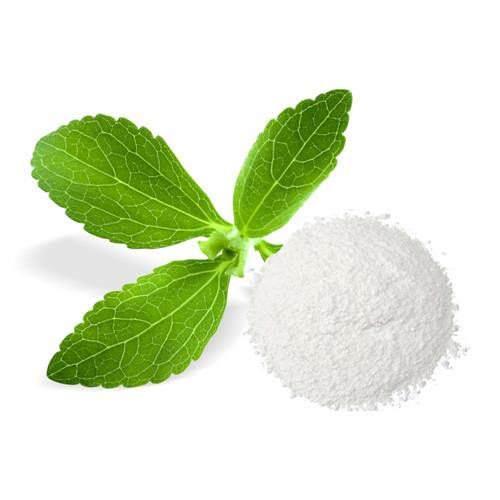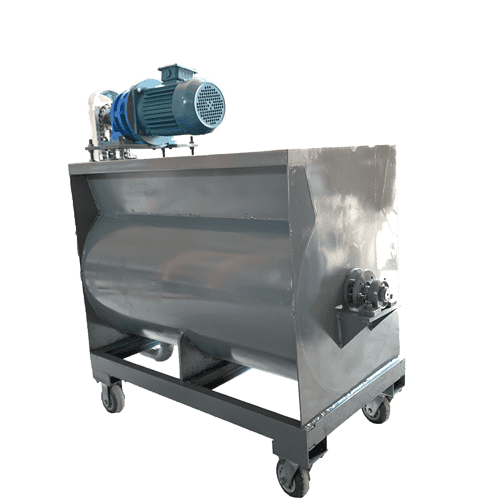Professional solutions on concrete addtives, Concrete Foaming Agent, Superplasticizer, CLC Blocks Additives, and foaming machine
(Direct Polycarboxylate superplasticizer monomer)
What Polycarboxylate superplasticizer monomer
Nowadays, many efforts have been made to improve the structure and the synthesis of PCEs. Plank synthesized polycarboxylates using acrylic acid and isoprenyloxy polyethylene glycol (IPEG) at 60°C. The results showed that PCE with optimal dispersing effectiveness was achieved at high contents of IPEG, a molecular weight (Mw) around 40000, and narrow molecular weight distribution in another study by Liu et al. Amide-structural polycarboxylate superplasticizers (amide-PCEs) were produced by amidation reaction between polyacrylic acid (PAA) and amino-terminated methoxy polyethylene glycol (amino-PEG) at 130–150°C. Yu et al. Used butenyl alkylene polyoxyethylene-polyoxypropylene ether (BAPP) as macromonomers and 2, 2-azoisobutyronitrile as an initiator in N2 atmosphere for 48 h at 70°C. They tended to synthesize a polycarboxylate that could significantly accelerate cement hydration. In Lange’s study [10], acrylic acid and ω-methoxy poly (ethylene glycol) methacrylate ester were used to synthesize nonadsorbing polycarboxylates at 80°C within four hours. It was found that all the synthesized polycarboxylates, which did not adsorb on cement, could enhance dispersion and flowability significantly. Researchers developed excellent PCE with higher water reduction, good adaptability, and other good performances. At the same time, they have been trying to broaden sources of raw materials and synthetic processes, reduce the cost of production, and improve the quality of stability step by step. So, the purpose of this study was to discover
their development trends by reviewing the synthesis progress of polycarboxylate, hoping to help the development of this industry.
Direct Polycarboxylate superplasticizer monomer
Huang chose different monomers, the ratio of various monomers, and adjusted the reaction process. A series of PCE was synthesized with allyl alcohol polyethylene glycol (APEG, EO = 45), acrylic acid (AA), maleic anhydride (MAL), 2-acrylamide-2-methylpropane sulfonic acid (AMPS), and ammonium persulfate (APS) as well. To determine the optimum process of PCE, various reaction conditions for PCE were intensively investigated, such as reactant concentration, temperature, and the molecular ratios of monomers. Sun and Lei synthesized PCE based on aqueous solution polymerization by methyl acrylic acid (MAA), methoxy polyethylene glycol methacrylate (MPEGMA), and sodium methyl acryl sulfonate (SMAS). There were optimum reaction conditions he considered as follows: the ratio of n(MA): n(AA): n(XPEG) was 2 : 2: 1, the amount of initiator was 1.5%, the reaction temperature was 70°C, and the reaction time was six h. Ran et al. Synthesized two different groups of comb-like copolymer dispersants with side chain lengths ranging from 8 to 48 by direct polymerization. Plank et al. Synthesized a new kind of methacrylate polycarboxylate with polyoxyethylene side chain hydroxyl groups at its terminal in side chains, which was different from the traditional one with methoxy side chains. It was shown that there was a comb structure in copolymer, which had good adaptability in cement. Also, it had good application prospects. Yamada et al. Analyzed the characteristics of PEO’s side chain length and degree of polymerization. It was shown that the effects of chemical structure on the paste fluidity were not significant at high w/c. Zhu et al. Synthesized PCE in the water solution by using allyl alcohol polyoxyethylene (APEG), methacrylic acid (MAA), maleic anhydride (MA), and sodium methacrylic sulfonate (MAS) as monomers and the ammonium persulfate as initiator. The optimal synthesis conditions were determined as follows: n(MA): n(MAA): n(APEG): n(MAS) = 215: 310 : 110: 0.5, the initiator dosage was 5% of the monomer weight, and the reaction time was 4-5 h. It was considered that a certain proportion of the anionic polar groups (such as –COOH and −SO3H) were introduced into main chains in PCE. Thus, hydrophilic leading chains were generated, which had strong hydrogen bonds in water. They could form a stable three-dimensional hydrophilic protective layer and provide steric hindrance. By adjusting the proportion of each functional group of the polymer’s leading chains and side chains, the structural balance was achieved to improve water reduction..
Functional Polycarboxylate superplasticizer monomer
Functional polymerization was a modification based on the original polymer. The usual practice was to esterify and graft polyether into leading chains at high temperatures. Sun et al.Grafted alkoxyamine as a reactant with PCE in 10–20% of –COOH mole. The mixture lasted at 150°C for 1.5–3 h, and then some catalyst was added. The mixture was cooled at 100–130°C, and the desired product was obtained. Wang and Feng used some proportion of MAS, water, and ammonium persulfate in a three-necked flask equipped with a condenser and stirrer and heated them to 80°C to gain yellow liquid after 3.5 h. Then, he mixed polyethylene glycol monomethyl ether and dimethyl sulfoxide at 110°C, and the reaction mixture was refluxed five h, and a new kind of PCE whose solid content was about 30% was obtained. Peaks of −OH, −SO3H, −C=O, and C-O could be found obviously in FTIR. When the molar ratio of carboxyl, sulfonic acid, and polyoxyethylene in side chains was 0.542 : 0.354: 0.104, the best performance would be gained in graft copolymer.
Price of Polycarboxylate superplasticizer monomer
Polycarboxylate superplasticizer monomer particle size and purity will affect the product's Price, and the purchase volume can also affect the cost of Polycarboxylate superplasticizer monomer. A large amount of large amount will be lower. The Price of Polycarboxylate superplasticizer monomer is on our company's official website.
Polycarboxylate superplasticizer monomer supplier
If you are looking for high-quality Polycarboxylate superplasticizer monomer, please feel free to contact us and send an inquiry. (sales@cabr-concrete.com). We accept payment via Credit Card, T/T, West Union, and Paypal. TRUNNANO will ship the goods to customers overseas through FedEx, DHL, by air, or by sea.
(Direct Polycarboxylate superplasticizer monomer)








